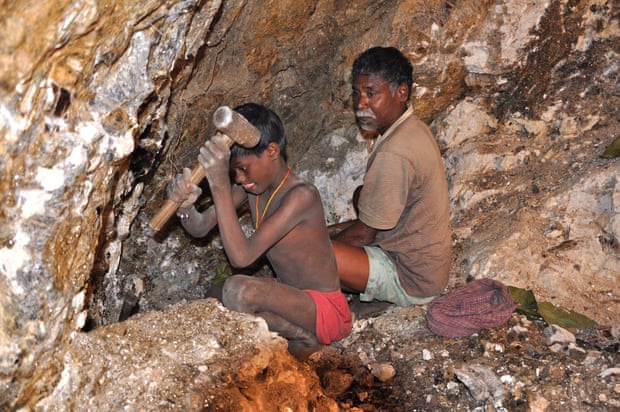Let's review some key technologies being developed or deployed now:
- Electronic logging
- In cab cameras that go beyond just filming but rather sends signals to centralized managers who make real time decisions.
- "Uber" type applications for booking, managing, and tracking freight
- Autonomous vehicles and the "Otto" type technologies.
- On line immediate economy (hour type delivery)
All of these technologies have advocates and enemies when looked at in isolation. However, I submit that you have to think of this in "three dimensions"; you have to connect the dots. All of these technologies need to come together to build the infrastructure of the future for transportation. They all point to one thing: A driverless truck.
The core to this is the autonomous vehicle - which probably explains why Uber buys Otto. But then, once this is solved, there are other things that have to come into place for this new ecosystem to work: You have to book the freight easily (enter Uber), you will want to see what is happening (especially at delivery and pick up points) (enter cameras), you will need to track where the truck is and what it is doing (enter E-logging).
The one thing I cannot figure out is how the truck will fuel and perhaps that leads to a futuristic truck stop which caters to the autonomous truck. Perhaps the biggest issue with this entire ecosystem is how will the truck stops like Pilot make money when there is no one to go into the C-Store to buy stuff.
So, when you look at the entire ecosystem of the future, you can see it taking shape, albeit messy, with all the technologies being developed. If you look at them in isolation, solving an old problem (i.e., Does E-Logging really solve driver logging or does it prepare us for having no driver?) then you will wonder "why do we need this". If you look at them together, building the new transportation ecosystem, then you say, "Got it!".
Those who look at these developments individually make me think of Khan and his two dimensional thinking:











